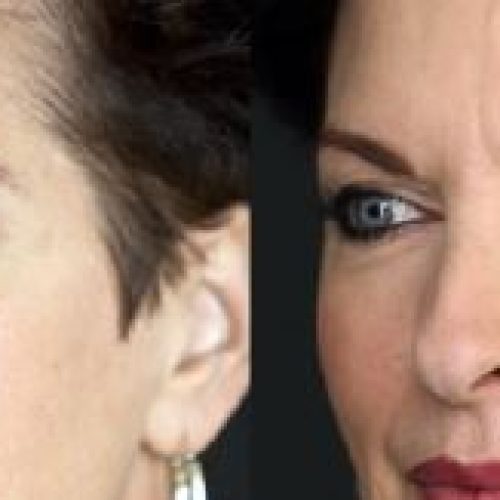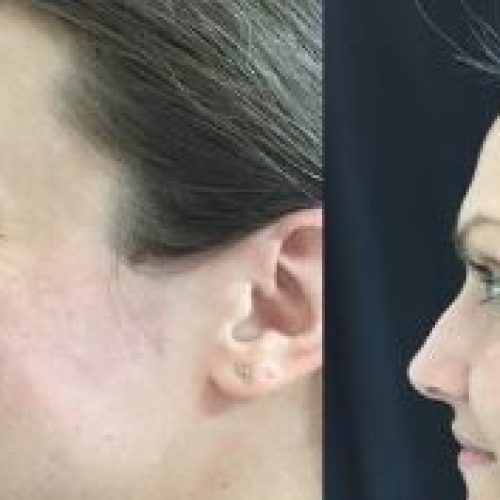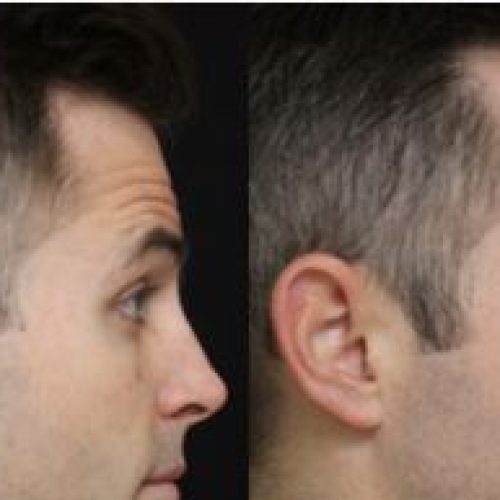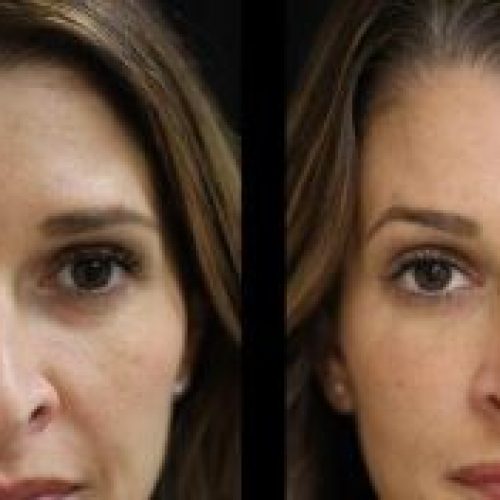Can Botox help reduce pain?
Yes. Many healthcare providers recommend Botox for pain management. Botox blocks nerve signals that control muscle activity, resulting in relaxation and pain relief. Botox injections can be successful in treating:
- Back Pain
- Neck Pain
- Jaw Pain
- Sciatica Pain
- Neuropathy (peripheral neuropathy)
- Pelvic Pain
- Chronic myofascial pain (CMP)
- Osteoarthritis
- Joint Pain
- TMJ Pain.




